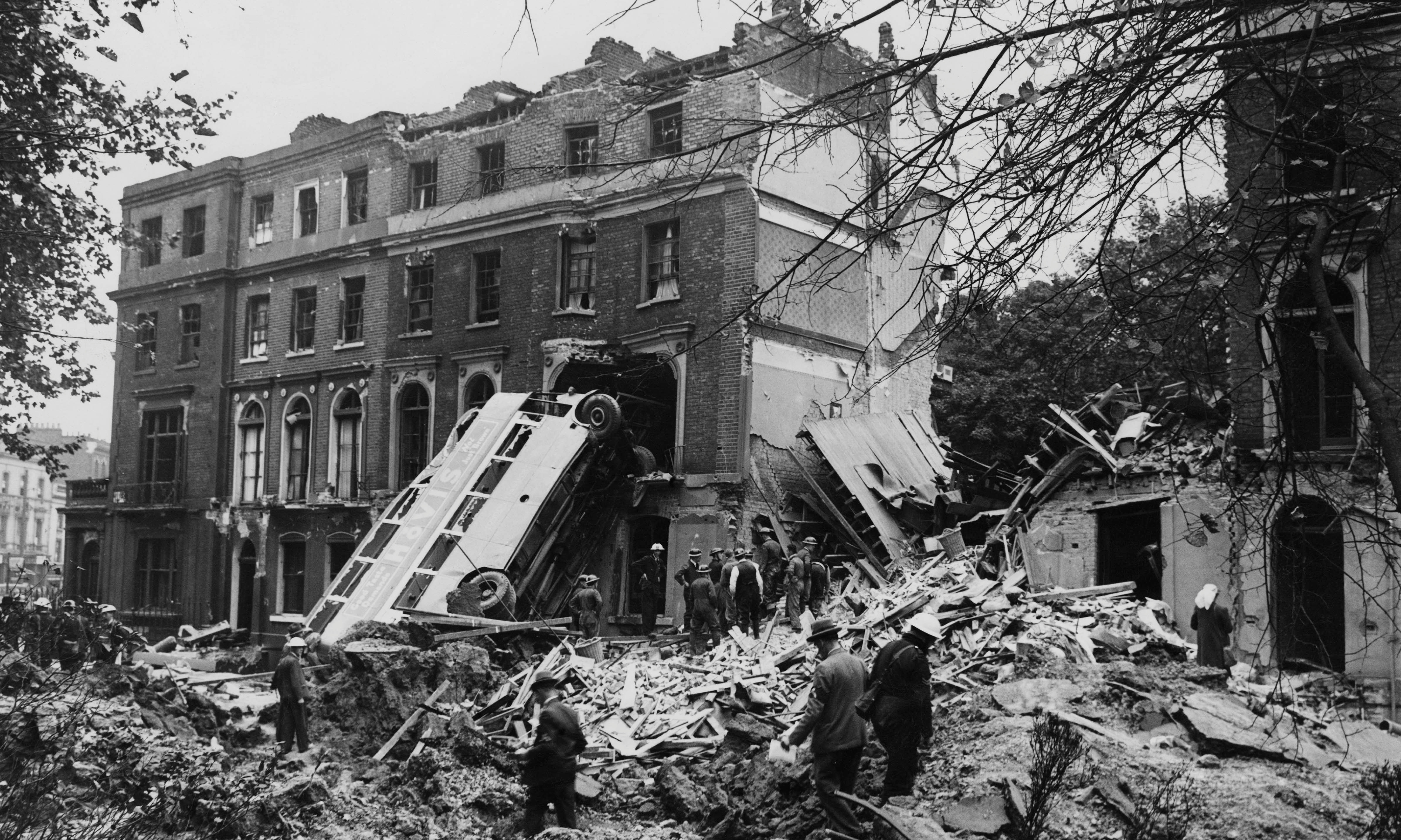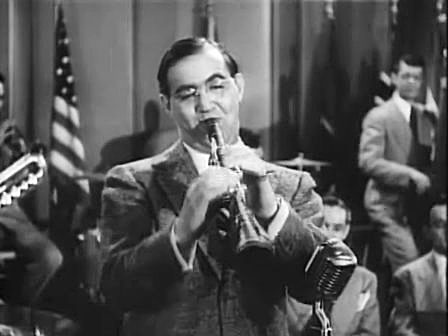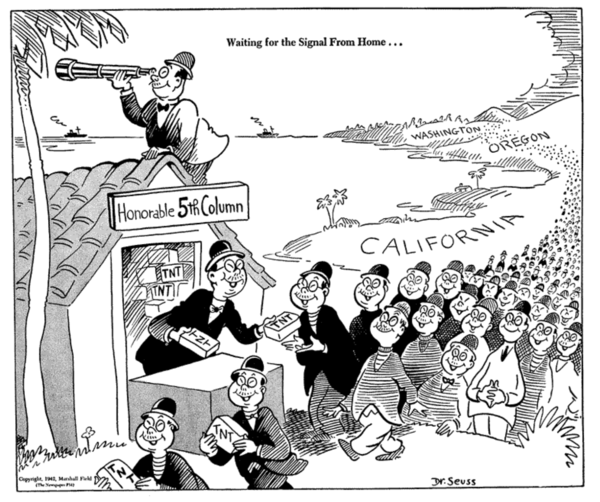|
Taihoku Airstrike
The Taihoku Airstrike () was an air raid by the military of the Republic of China against the metropolitan perimeter of Taihoku (modern-day Taipei), the capital of Japanese Taiwan, on 8 February 1938. The raid was the first attack on Imperial Japanese territory during the course of World War II, and one of the few offensive operations conducted by China directly against Japan during the course of the war. Operation The Taihoku Air Strike Operation was conducted by the Republic of China Air Force, using a squadron of nine Martin 139 bombers. The aircraft were deployed from airfields in Zhejiang and Fujian, and flew uncontested over the Taiwan Strait. Once over metropolitan Taihoku, the aircraft dropped leaflets, or according to some sources made a minor bombing strike, and successfully returned to China, under Japanese antiaircraft fire. Contemporary newspaper accounts stated that eight people were killed and 25 were wounded. While achieving little militarily, this represented the ... [...More Info...] [...Related Items...] OR: [Wikipedia] [Google] [Baidu] |
Strategic Bombing
Strategic bombing is a systematically organized and executed military attack from the air which can utilize strategic bombers, long- or medium-range missiles, or nuclear-armed fighter-bomber aircraft to attack targets deemed vital to the enemy's war-making capability. It is a military strategy used in total war with the goal of defeating the enemy by destroying its morale, its economic ability to produce and transport materiel to the Theater (warfare)#Theater of operations, theatres of military operations, or both. The term terror bombing is used to describe the strategic bombing of civilian targets without military value, in the hope of damaging an enemy's morale. One of the strategies of war is to demoralization (warfare), demoralize the enemy so that peace or surrender becomes preferable to continuing the conflict. Strategic bombing has been used to this end. The phrase "terror bombing" entered the English lexicon towards the end of World War II and many strategic bombing cam ... [...More Info...] [...Related Items...] OR: [Wikipedia] [Google] [Baidu] |
George H
George may refer to: Names * George (given name) * George (surname) People * George (singer), American-Canadian singer George Nozuka, known by the mononym George * George Papagheorghe, also known as Jorge / GEØRGE * George, stage name of Giorgio Moroder * George, son of Andrew I of Hungary Places South Africa * George, South Africa, a city ** George Airport United States * George, Iowa, a city * George, Missouri, a ghost town * George, Washington, a city * George County, Mississippi * George Air Force Base, a former U.S. Air Force base located in California Computing * George (algebraic compiler) also known as 'Laning and Zierler system', an algebraic compiler by Laning and Zierler in 1952 * GEORGE (computer), early computer built by Argonne National Laboratory in 1957 * GEORGE (operating system), a range of operating systems (George 1–4) for the ICT 1900 range of computers in the 1960s * GEORGE (programming language), an autocode system invented by Charles L ... [...More Info...] [...Related Items...] OR: [Wikipedia] [Google] [Baidu] |
Airstrikes In Asia
An airstrike, air strike, or air raid is an offensive operation carried out by aircraft. Air strikes are delivered from aircraft such as blimps, balloons, fighter aircraft, attack aircraft, bombers, attack helicopters, and drones. The official definition includes all sorts of targets, including enemy air targets, but in popular usage the term is usually narrowed to a tactical (small-scale) attack on a ground or naval objective as opposed to a larger, more general attack such as carpet bombing. Weapons used in an airstrike can range from direct-fire aircraft-mounted cannons and machine guns, rockets and air-to-surface missiles, to various types of aerial bombs, glide bombs, cruise missiles, ballistic missiles, and even directed-energy weapons such as laser weapons. In close air support, air strikes are usually controlled by trained observers on the ground for coordination with ground troops and intelligence in a manner derived from artillery tactics. History Beginnings The f ... [...More Info...] [...Related Items...] OR: [Wikipedia] [Google] [Baidu] |
1938 In Taiwan
Events January * January 1 – State-owned railway networks are created by merger, in France (SNCF) and the Netherlands (Nederlandse Spoorwegen – NS). * January 20 – King Farouk of Egypt marries Safinaz Zulficar, who becomes Queen Farida, in Cairo. * January 27 – The Honeymoon Bridge at Niagara Falls, New York, collapses as a result of an ice jam. February * February 4 ** Adolf Hitler abolishes the War Ministry and creates the Oberkommando der Wehrmacht (High Command of the Armed Forces), giving him direct control of the German military. In addition, he dismisses political and military leaders considered unsympathetic to his philosophy or policies. General Werner von Fritsch is forced to resign as Commander of Chief of the German Army following accusations of homosexuality, and replaced by General Walther von Brauchitsch. Foreign Minister Baron Konstantin von Neurath is dismissed, and replaced by Joachim von Ribbentrop. ** Walt Disney's ''Snow Whit ... [...More Info...] [...Related Items...] OR: [Wikipedia] [Google] [Baidu] |
1938 In Japan
Events January * January 1 – state-owned enterprise, State-owned railway networks are created by merger, in France (SNCF) and the Netherlands (Nederlandse Spoorwegen – NS). * January 20 – King Farouk of Egypt marries Safinaz Zulficar, who becomes Farida of Egypt, Queen Farida, in Cairo. * January 27 – The Honeymoon Bridge (Niagara Falls), Honeymoon Bridge at Niagara Falls, New York, collapses as a result of an ice jam. February * February 4 ** Adolf Hitler abolishes the War Ministry and creates the Oberkommando der Wehrmacht (High Command of the Armed Forces), giving him direct control of the German military. In addition, he dismisses political and military leaders considered unsympathetic to his philosophy or policies. General Werner von Fritsch is forced to resign as Commander of Chief of the German Army following accusations of homosexuality, and replaced by General Walther von Brauchitsch. Foreign Minister Baron Konstantin von Neurath is dismi ... [...More Info...] [...Related Items...] OR: [Wikipedia] [Google] [Baidu] |
1938 In China
Events January * January 1 – State-owned railway networks are created by merger, in France (SNCF) and the Netherlands (Nederlandse Spoorwegen – NS). * January 20 – King Farouk of Egypt marries Safinaz Zulficar, who becomes Queen Farida, in Cairo. * January 27 – The Honeymoon Bridge at Niagara Falls, New York, collapses as a result of an ice jam. February * February 4 ** Adolf Hitler abolishes the War Ministry and creates the Oberkommando der Wehrmacht (High Command of the Armed Forces), giving him direct control of the German military. In addition, he dismisses political and military leaders considered unsympathetic to his philosophy or policies. General Werner von Fritsch is forced to resign as Commander of Chief of the German Army following accusations of homosexuality, and replaced by General Walther von Brauchitsch. Foreign Minister Baron Konstantin von Neurath is dismissed, and replaced by Joachim von Ribbentrop. ** Walt Disney's ''Snow Whit ... [...More Info...] [...Related Items...] OR: [Wikipedia] [Google] [Baidu] |
Battles Of The Second Sino-Japanese War
A battle is an occurrence of combat in warfare between opposing military units of any number or size. A war usually consists of multiple battles. In general, a battle is a military engagement that is well defined in duration, area, and force commitment. An engagement with only limited commitment between the forces and without decisive results is sometimes called a skirmish. The word "battle" can also be used infrequently to refer to an entire operational campaign, although this usage greatly diverges from its conventional or customary meaning. Generally, the word "battle" is used for such campaigns if referring to a protracted combat encounter in which either one or both of the combatants had the same methods, resources, and strategic objectives throughout the encounter. Some prominent examples of this would be the Battle of the Atlantic, Battle of Britain, and the Battle of France, all in World War II. Wars and military campaigns are guided by military strategy, whereas batt ... [...More Info...] [...Related Items...] OR: [Wikipedia] [Google] [Baidu] |
Raid On Taipei
The Taihoku Air Raid also known as Operation Wildfire by British India was the largest Allied air raid on the city of Taihoku (modern-day Taipei), then capital of Japanese-ruled Taiwan, during World War II. Many residents were killed in the raid and tens of thousands wounded or displaced. Background As early as 1943, Fourteenth Air Force of the United States Army Air Forces and units of the combined air force of U.S., Nationalist China had launched several air raids against military and industrial targets in Japanese Taiwan. Before this, Soviet volunteer units and combined Chinese and Indian air force had attacked military bases around Taihoku, most of which were targeted on smaller objectives and were of smaller scales. After American ground forces captured Subic Bay in the Philippines, the Allied air forces began larger and more systematic air raids against targets on the island of Taiwan. After 12 October 1944, Allied air forces began scheduled air raids on factories lo ... [...More Info...] [...Related Items...] OR: [Wikipedia] [Google] [Baidu] |
Formosa Air Battle
The Formosa Air Battle (, ), 12–16 October 1944, was a series of large-scale aerial engagements between carrier air groups of the United States Navy Fast Carrier Task Force (TF38) and Japanese land-based air forces of the Imperial Japanese Navy (IJN) and Imperial Japanese Army (IJA). The battle consisted of American air raids against Japanese military installations on Taiwan (then known to Westerners as Formosa) during the day and Japanese air attacks at night against American ships. Japanese losses exceeded 300 planes destroyed in the air, while American losses amounted to fewer than 100 aircraft destroyed and two cruisers damaged. This outcome effectively deprived the Japanese Navy's Combined Fleet of air cover for future operations, which proved decisive during the Battle of Leyte Gulf later in October. Background Japanese strategic plans for a decisive battle with the U.S. fleet were already established by September 1944. Anticipating the various options open to American la ... [...More Info...] [...Related Items...] OR: [Wikipedia] [Google] [Baidu] |
Development Of Chinese Nationalist Air Force (1937–45)
Development or developing may refer to: Arts *Development (music), the process by which thematic material is reshaped * Photographic development *Filmmaking, development phase, including finance and budgeting *Development hell, when a project is stuck in development *Development (band), English progressive pop rock band * ''Development'' (album), a 2002 album by Nonpoint Business *Business development, a process of growing a business *Career development *Corporate development, a position in a business *Energy development, activities concentrated on obtaining energy from natural resources *Green development, a real estate concept that considers social and environmental impact of development *Land development, altering the landscape in any number of ways *Land development bank, a kind of bank in India *Leadership development *New product development *Organization development *Professional development *Real estate development *Research and development *Training and development * ... [...More Info...] [...Related Items...] OR: [Wikipedia] [Google] [Baidu] |
Fifth Column
A fifth column is a group of people who undermine a larger group or nation from within, usually in favor of an enemy group or another nation. The activities of a fifth column can be overt or clandestine. Forces gathered in secret can mobilize openly to assist an external attack. The term is also applied to organized actions by military personnel. Clandestine fifth column activities can involve acts of sabotage, disinformation, espionage or terrorism executed within defense lines by secret sympathizers with an external force. History Internal Enemy in Antiquity The distinction between internal and external enemies to a people or government was a topic of discussion in antiquity, mentioned most notably in Plato's ''Republic''. Origin of Modern Term The term "fifth column" originated in Spain (originally ) during the early phase of the Spanish Civil War. It gained popularity in the Republican faction media in early October 1936 and immediately started to spread abroad. The exac ... [...More Info...] [...Related Items...] OR: [Wikipedia] [Google] [Baidu] |







